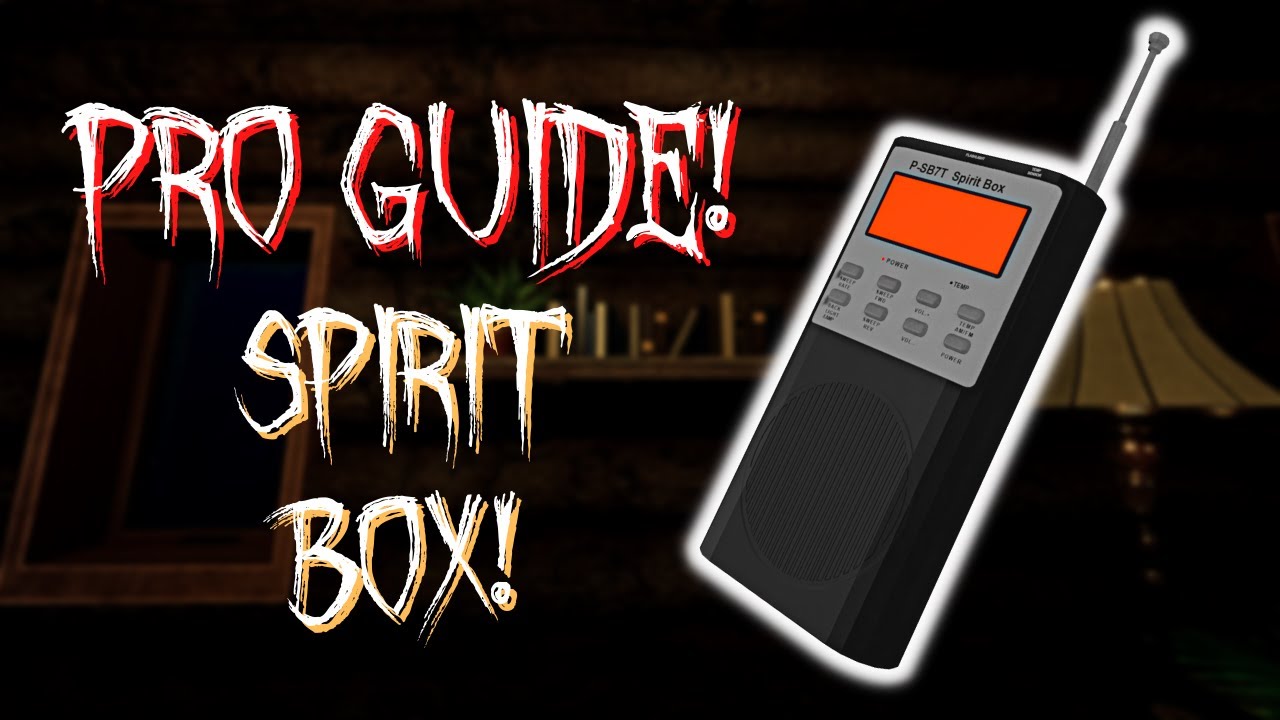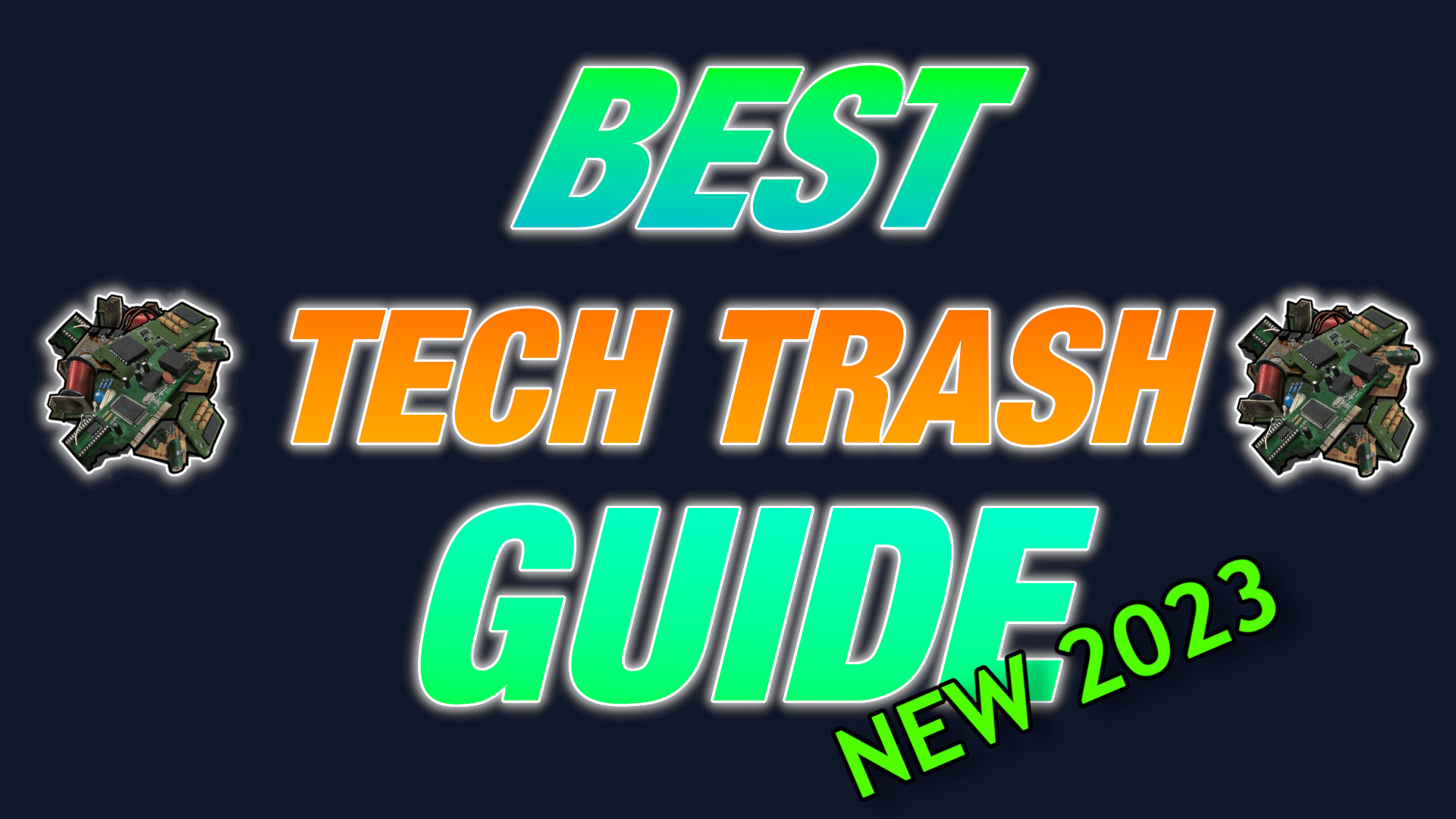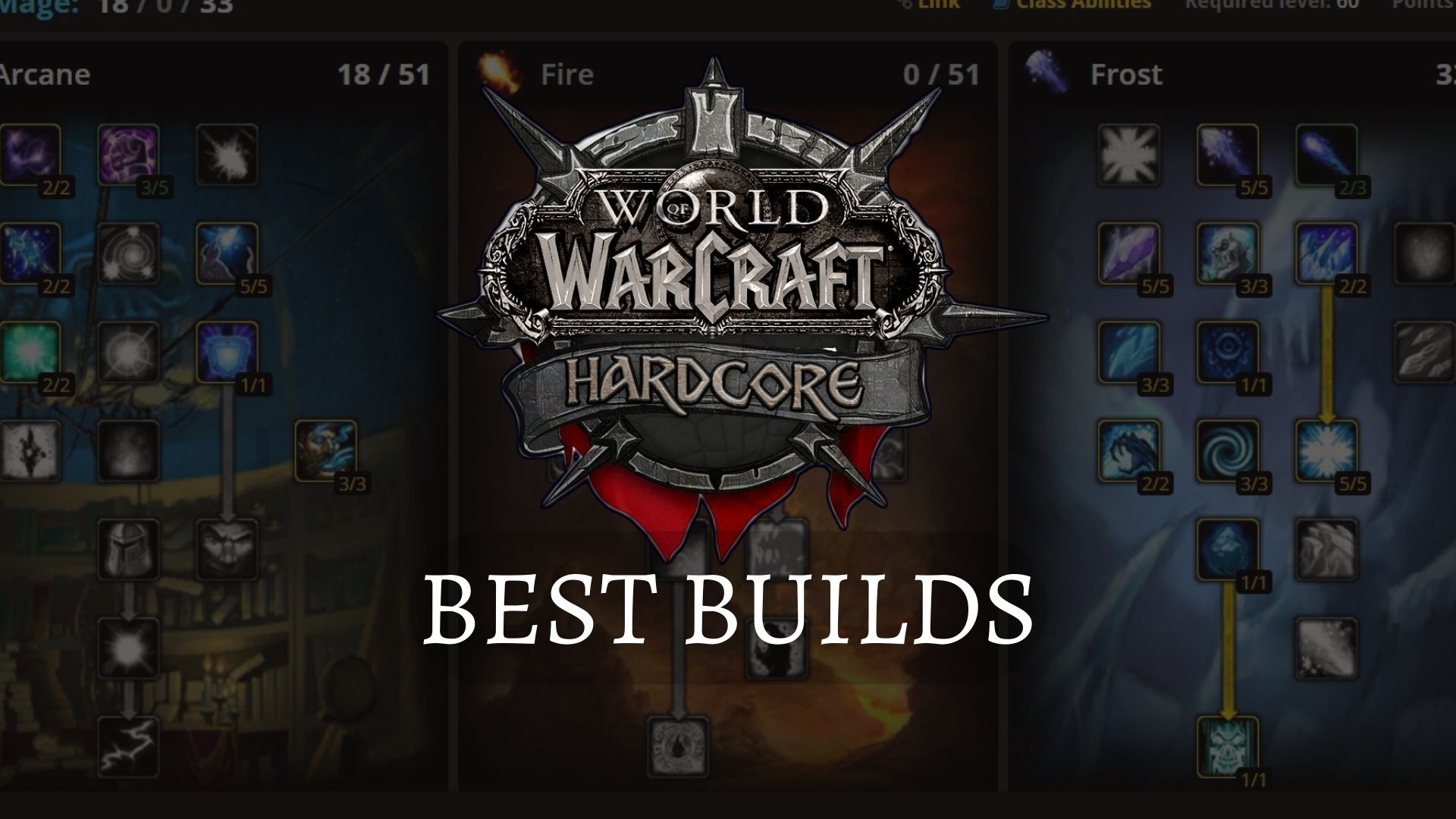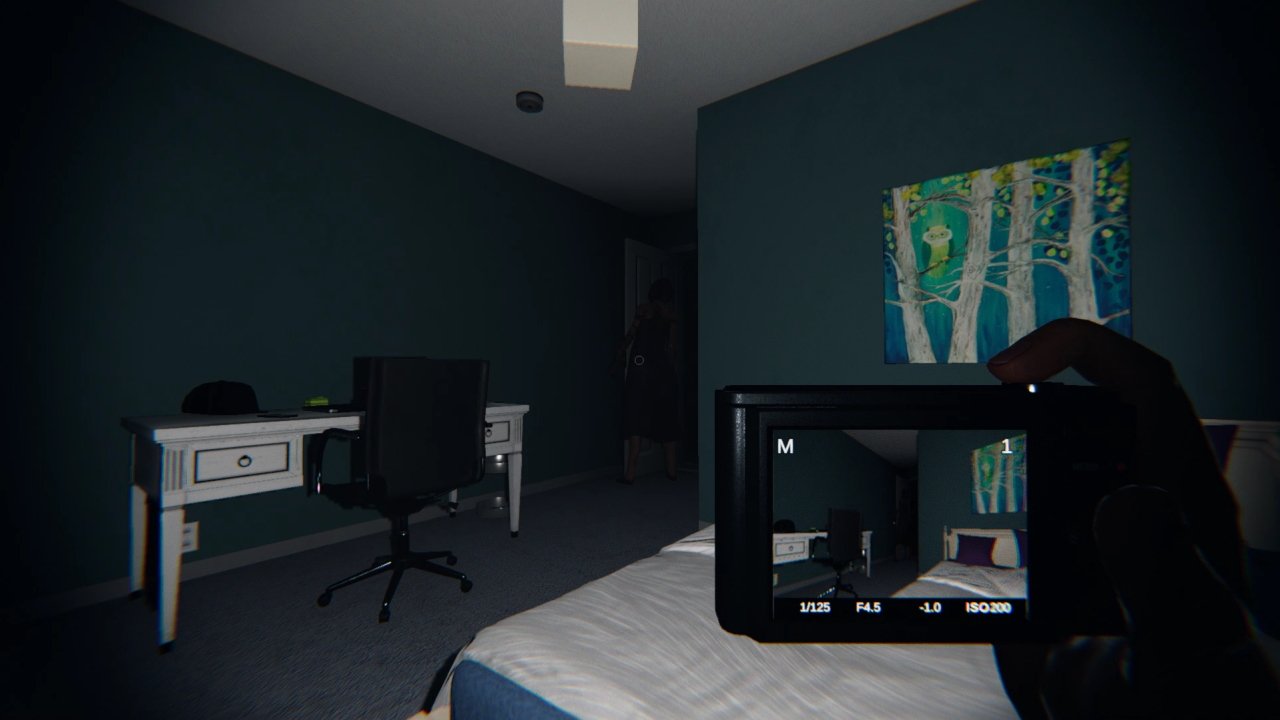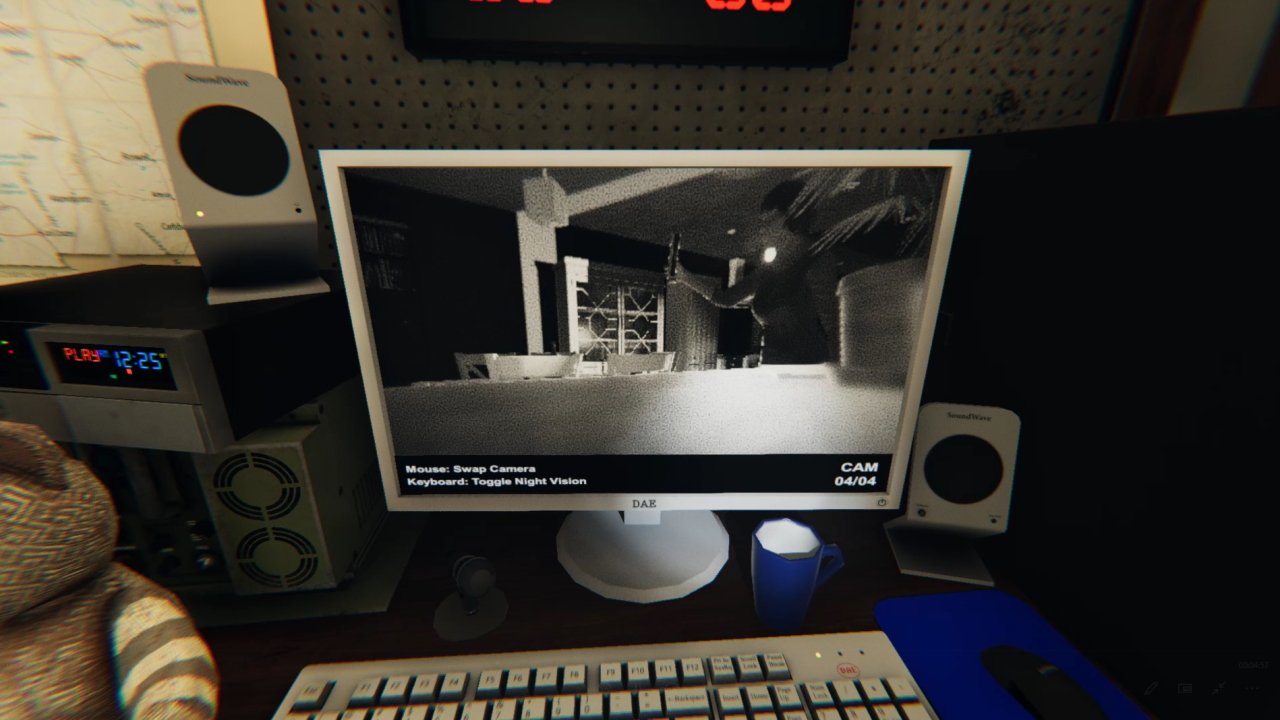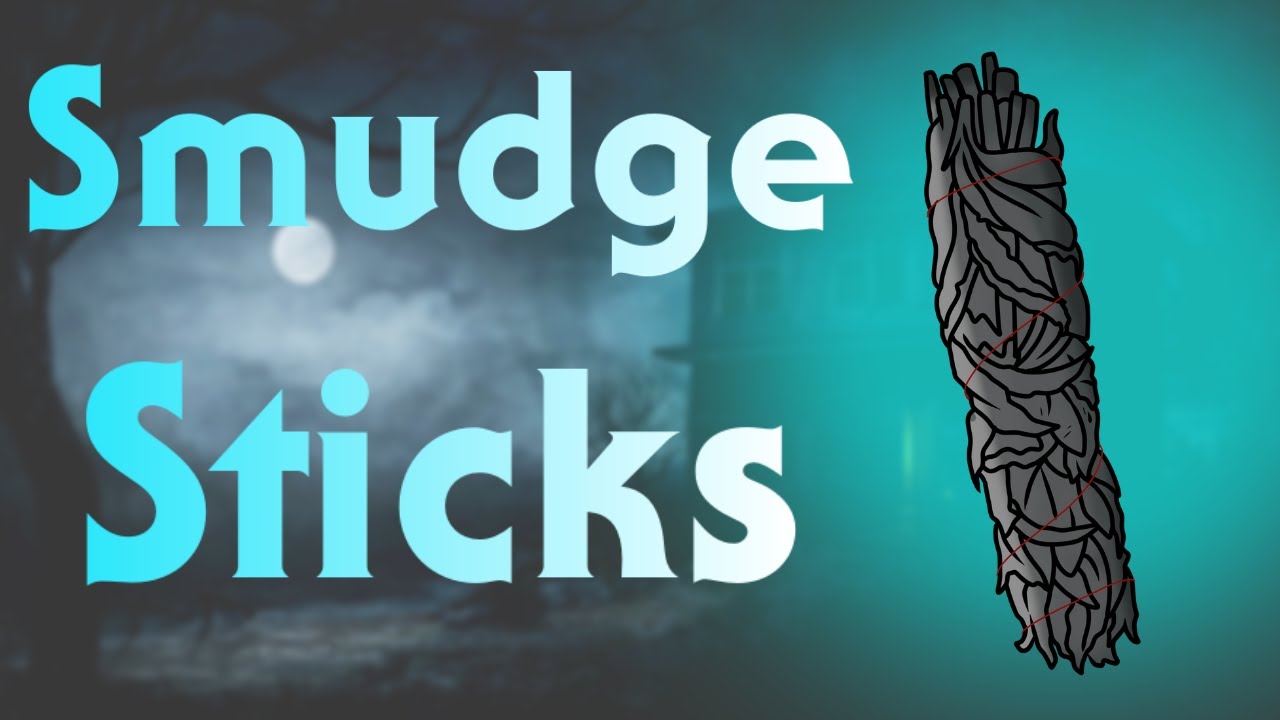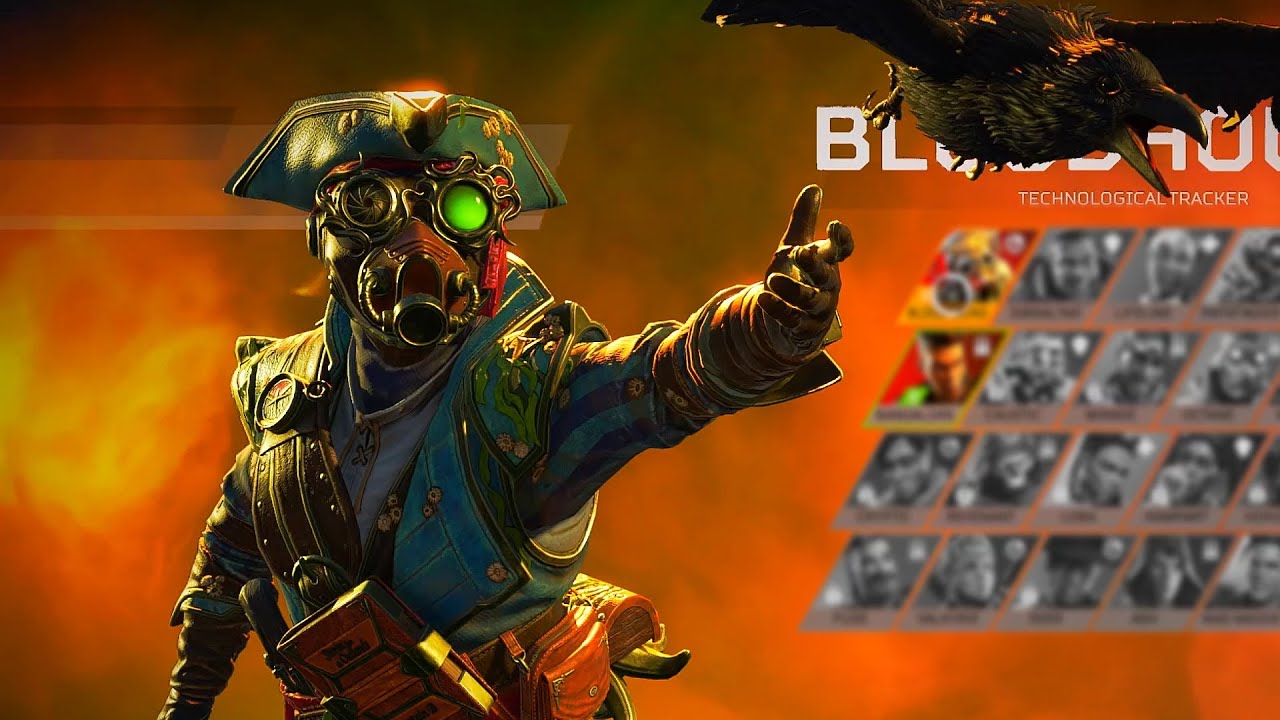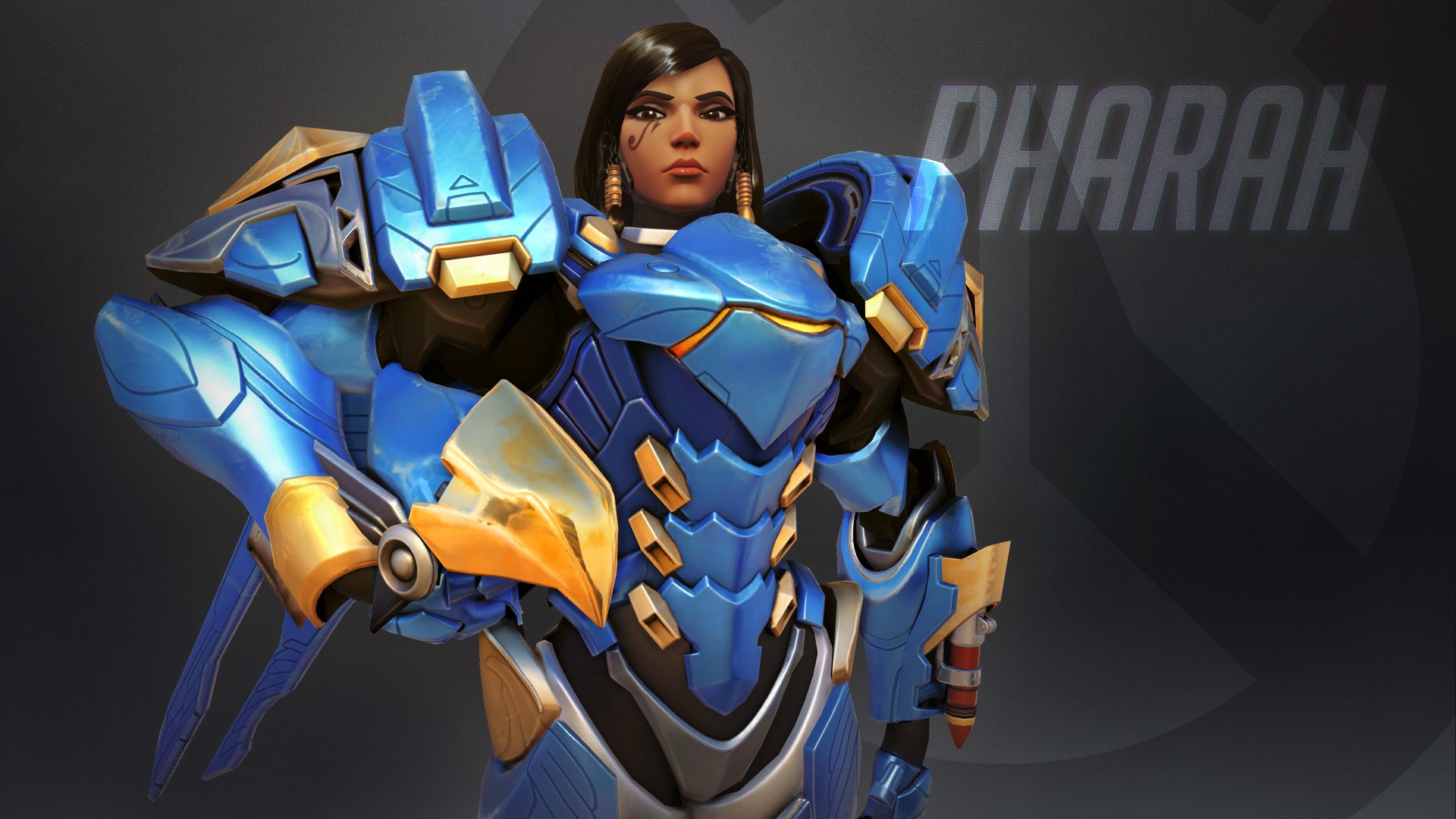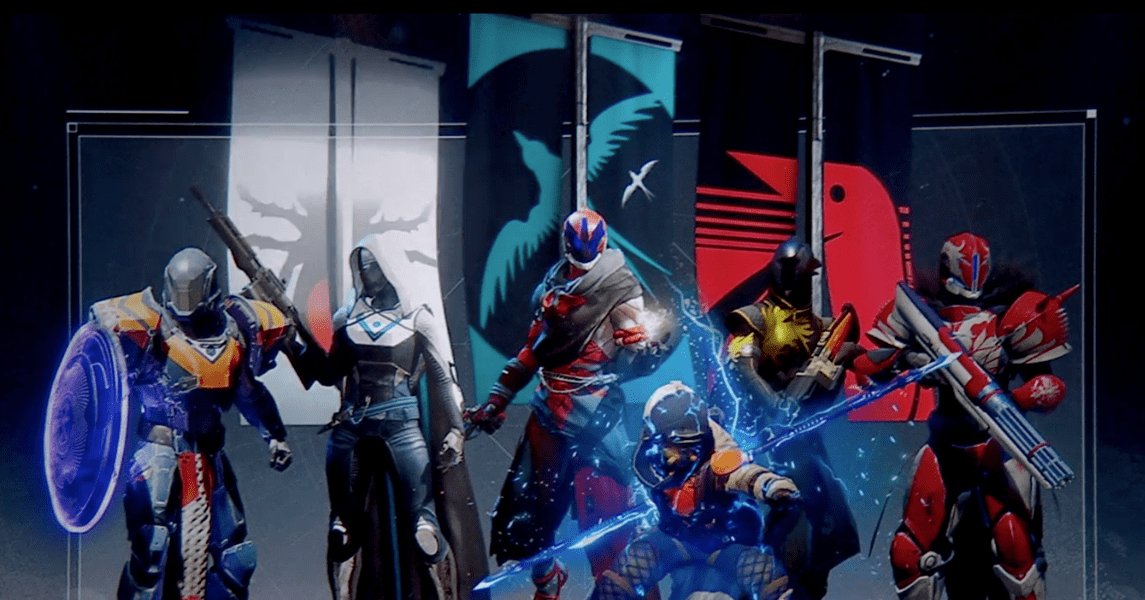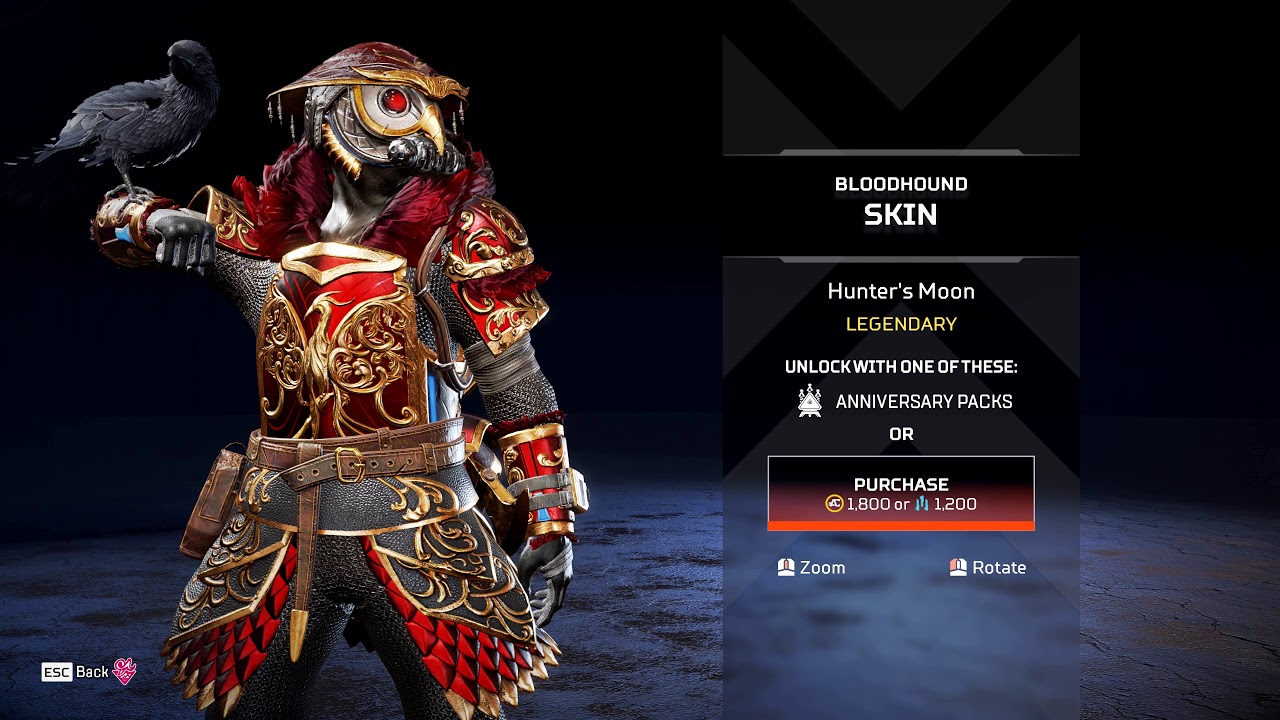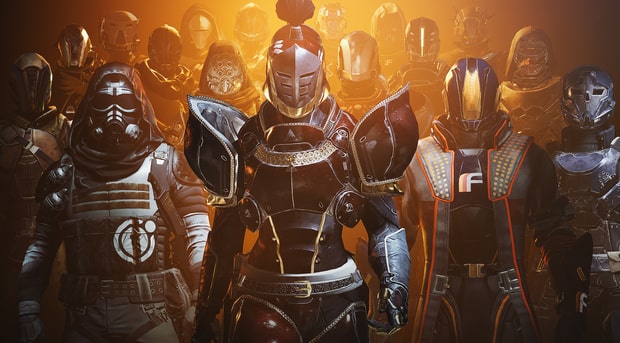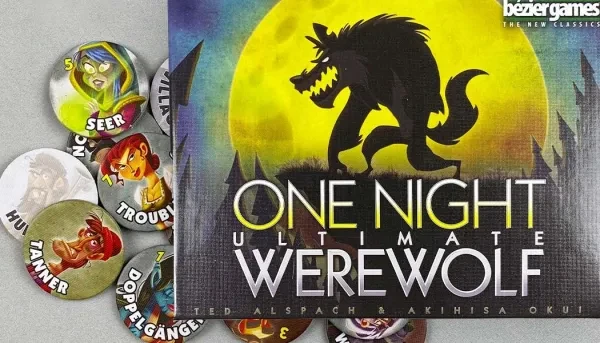
As role-playing, betrayal games go, One Night Werewolf stands to be one of the easiest to get right into playing. The reason for this is largely attributed to the app that connects to your gameplay and reminds you of your roles during the “night-time” sequence. This gets rid of the need for a “Godfather” narrator, and the complications that come with said narrator forgetting steps in the night (it happens to the best of us).
This being said, the app (while amazing) can’t do everything for us, and it’s good to have a solid idea of the premise, characters, and gameplay before delving into your first round.
1. Premise

Hunt your friends for sport in this Werewolf-Mafia game.
The premise of One Night Werewolf, in its simplest form, follows that of many other “Mafia” games. There’s the “bad guys” and the “good guys” and you need to figure out who is who. In this case, the bad guys are the Werewolves, and the good guys are the Villagers (note: used here to describe anyone who is not a Werewolf, and not exclusive to the Villager cards).
Where One Night gets more complex is in the way that during the “Night”, roles will be switched around, with very few players aware when they wake up in the morning as to what their role actually is. For example, you may fall asleep as a Werewolf, but wake up a Villager.
Thus, the key to the game is figuring out what role you woke up as without giving away what role you fell asleep as, so that you can figure out if you want the Werewolves or the Villagers to win.
As a Werewolf, you will want to put on your best poker face and do anything you can to convince the other players that you and your fellow Werewolves are naught more than unassuming Villagers who spent the night peacefully in your beds, and not terrorizing the town.
2. Game Set-Up

Check your cards, but don't let anyone else sneak a peek.
This game is easiest played when all players are seated in a circle or rectangle of some format, where everyone can see and engage with everyone else who is in the game. I would recommend not sitting too close to other players however, as your movement at Night may give you away if you accidentally brush past someone.
You can play with 3 - 10 players, and I find the game most engaging and fun with around 6 - 7. You will always need three more cards than the number of players; for example, if you have six players, you will need nine role cards in play.
You may notice that your box comes with sixteen role cards total. As you may deduce at this point, you will likely never have all of the roles in play in any single game. This means you can customize the roles for each round you play. I recommend playing with at least two Werewolves (one if you have only three players), two Villagers, and a mix of the remaining characters for your first round. For a more comprehensive guide on best One Night deck set-ups, check out my guide: Top 5 One Night Werewolf Best Setups.
Deal each player a role card, face down. Place the three remaining cards face down in the middle of each of the players. Each player should look at and memorize the role they have been given.
3. The One Night App

An omniscient voice telling you what to do? Sign me up.
Now that we are all set-up, we can start the game (whoohoo!). As briefly mentioned above, One Night comes with an app that can be used as the “Godfather” character of the game, telling each role when to wake up and what they can do while awake.
The app is called One Night and is available for free on Google Play and The App Store.
Once launched, you will be able to click on the roles that will be included in the round. If you go to the settings tab, there are opportunities to adjust the language, background music, amount of detail for each role description, and the amount of time given to each role to complete their task.
I find the default game settings to be sufficient, but play around if you want to. The only one I often change is the “Game Timer”, which defaults to five minutes. If you want a quicker and more intense game, drop the time down to four or three minutes.
When ready, click “play” and the narration will begin guiding you through each role of the night. There are a few roles that will switch cards during the game - either with themselves, between other players, or with the middle cards. This means what you were when you went to sleep is not necessarily what you are when you wake up.
4. Voting
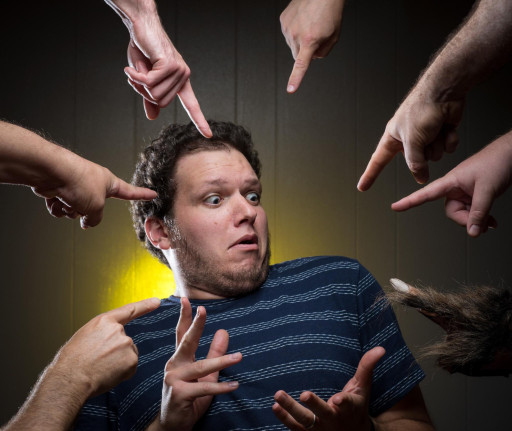
Turn on your friends and see who the favorites really are.
After waking up, you and your players will have some time (default five minutes, but less if you wish) to discuss who you think the Werewolves are. If you are a Werewolf, you are doing your best to convince everyone else that you are in a different role. At this point you can use the round role tokens to keep track of who people claim to be, and who players are accused of being.
Remember your card may have been switched in the night, and if you believe that as a Werewolf, your card changed to a Villager card, you must now switch sides to kill the Werewolves. The same goes for the Villagers - if you believe your card has changed to a Werewolf card, you must now try your best to stop anyone from finding out. The key is to suss out if your card changed without anyone else realizing the same.
When voting comes, everyone should vote for the person they want to “kill”. Please note:
- Although I don’t believe there’s an official rule on it, I always play that players are not allowed to vote for themselves. The reason being that if they can, it gives the Tanner an extra advantage.
- If two or more people have an equal number of votes, they all die. That one is an official rule.
5. Winning

The most important part of any game: winning.
Winning means different things to the different roles in the game. Each role will be highlighted in further detail below, but for now, here is a brief explanation of how the different roles win.
- If you are a Werewolf, you win if none of the Werewolves are killed.
- If you are a Villager (non-werewolf character), you win if you kill one of the Werewolves.
- If you are the Hunter you win if you kill a Werewolf, even if you die. The other Villagers also win, and the Werewolves lose.
- If you are the Tanner, you win if you die. Everyone else loses.
- If you are the Minion, you win if no Werewolves die, even if you die.
6. The Roles

One Night comes with an array of characters so you can forget who you really are for awhile.
One Night also varies from a lot of other similar type games in the range of roles you can play as. While the app will tell you what your role should be doing at Night, it is an advantage to have a solid memory of what each role entails, so that you can effectively lie about who you are. If you try to lie about being the Seer, but can’t remember what the Seer was supposed to be doing, the lie will not hold up for long.
- Werewolf: Starting simple, each game box comes with two Werewolf cards. You can choose to have both or only one in play during your game. During the Night, the Werewolves will “wake up” and see each other. If there is only one Werewolf, they can look at one of the three middle cards.
- Villager: There are three villagers in each game box; you can choose to play as many as you want. The villagers do not wake up during the night and have no special features.
- Hunter: The Hunter does not wake up during the night. Their special feature comes into play during voting. If the majority votes to kill the Hunter, the Hunter gets to have one last “revenge shot” when they die. This means they can pick one other player to take down with them. If they choose a Werewolf, then the Villagers and the Hunter win, despite the Hunter’s death.
- Troublemaker: The Troublemaker wakes up during the night and switches two other players cards. The Troublemaker cannot switch a card with their own, and does not look at the cards they switch.
- Robber: The Robber wakes up during the night and switches someone else’s card with their own. They can then look at the card they took before going back to sleep.
- Drunk: The Drunk swaps their card with one of the three cards in the middle of the players. They do not look at their new card.
- Seer: The Seer can look at one other player’s card, or at two cards from the middle.
- Insomniac: the Insomniac wakes up at the end of the night, after all other shenanigans have been completed, and looks at their card. The Insomniac is the only one who knows for certain who they are when they wake up.
- Minion: The Minion is a human character, who is on the side of the Werewolves. The Minion knows who the Werewolves are, but the Werewolves do not know who the Minion is. The Minion attempts to help the Werewolves hide their identity, and wins if the Werewolves win, even if that means the Minion died.
- Masons: There are two Mason cards in each game box, and they need to be played together. The Masons are a direct counterpart to the Werewolves - they wake up during the night, and see the other Mason.
- Doppelganger: The Doppelganger looks at any other player’s card, and assumes that role. For example, if they look at the Troublemaker card, they now get to switch two player’s cards. If they see a Werewolf card, they are now a Werewolf, and can wake up when the other Werewolves do. The Doppelganger wins under the same rules as the card they viewed. If they are a Doppelganger Werewolf, they win when the Werewolves win and so on.
- Tanner: The Tanner wants to die. They’re tired of tanning hides and making leather. They absolutely hate their job, their wife left them, their kids hate them et cetera et cetera. The Tanner wins if they are voted to be killed. If the Tanner wins, all other players lose.




